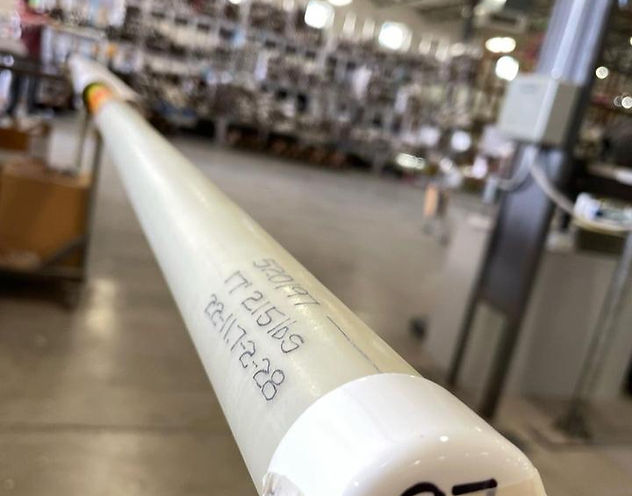Speed Development
- paul29416
- Oct 16, 2024
- 2 min read
Updated: Nov 12, 2024
The correlation between horizontal runway velocity and performance in pole vaulting is significant. High speeds are consistently observed in successful athletes across both male and female events, highlighting the importance of achieving maximum velocity for optimising performance. As such, X Vault places a strong emphasis on speed development as one of its core philosophies.

Our training regimen is structured around a short-to-long approach, which aligns with our comprehensive training framework encompassing all facets of physical conditioning. The primary objective is to optimise horizontal runway speeds during the competitive phase of our double periodisation. We incorporate speed sessions at least once a week, with a continual emphasis on maximising intent, while also tailoring the specifics of each session to align with our progressive training schedule.
To achieve this goal, we leverage various components of sprint training, placing particular focus on running mechanics from gun to tape. Proficiency in executing high-speed running across different stages is of utmost importance in our training philosophy.
The initial acceleration phase should focus on generating explosive power with strong knee drive and quick, forceful ground contact. The goal is to build speed using efficient mechanics with a forward leaning posture and shin angles to reduce energy loss. Athletes must ensure a smooth transition as they shift from initial acceleration to upright running, where the focus shifts to maintaining speed rather than continuing to accelerate aggressively.
As the athlete approaches top speed, mechanics become crucial in maintaining efficiency. The posture should be upright, with the hips high and shoulders relaxed. Stride length increases naturally, and the focus is on quick, elastic ground contacts, ensuring that the force is applied effectively in a forward direction. Efficient arm swing and leg cycle play vital roles in maintaining balance and rhythm.
Drills such as high knees, bounding, and A-skips help reinforce these movement patterns, ingraining good sprinting mechanics. Biomechanical research highlights that optimising stride frequency and minimizing ground contact time at top velocity can improve overall speed and energy transfer, both critical factors in maximising approach efficiency for vaulters.
In addition to regular sprinting we also sprint with the pole. Learning the art of pole runs is critical to maximising the speed that has been developed on the track and applying it effectively onto the runway.
Please find below an overview of our speed development sessions. It is important to align your sprint training with your overarching goals for the year. Recovery between Sprints is based around 1min for every 10meters. For improving sprint mechanics, we recommend exploring the running drills section.
Run | Emphasis | Distance |
Heavy Sled Push | RFD | 10-15m |
Resisted Block starts | RFD | 10-15m |
Blocks | RFD | 10-15m |
Sled Drag | Acceleration | 20-30m |
Pole Sled Drag | Acceleration | 20-30m |
Resisted Bungee runs | Acceleration | 20-30m |
Acceleration sprints | Acceleration | 20-30m |
Resisted Bungee Straight Leg Runs | upright running | 30-40m |
light Sled straight leg runs | upright running | 30-40m |
microdose technique sprinting 90% | upright running | 40-60m |
light pole sled drag | upright running | 40-60m |
Pole Runs 85-100% | upright running | 40-50m |
Technique Runs 85-95% | upright running | 60m |
Sprints 95-100% | upright running | 60-80m |
Assisted technique 95-100% | upright running | 40-80m |
Pole runs 95-100% | Max V | Fly 20m |
Sprint 95-100% | Max V | Fly 20m |
Over Speed 100+% | Max V | Fly 20-30m |
Videos



Comments